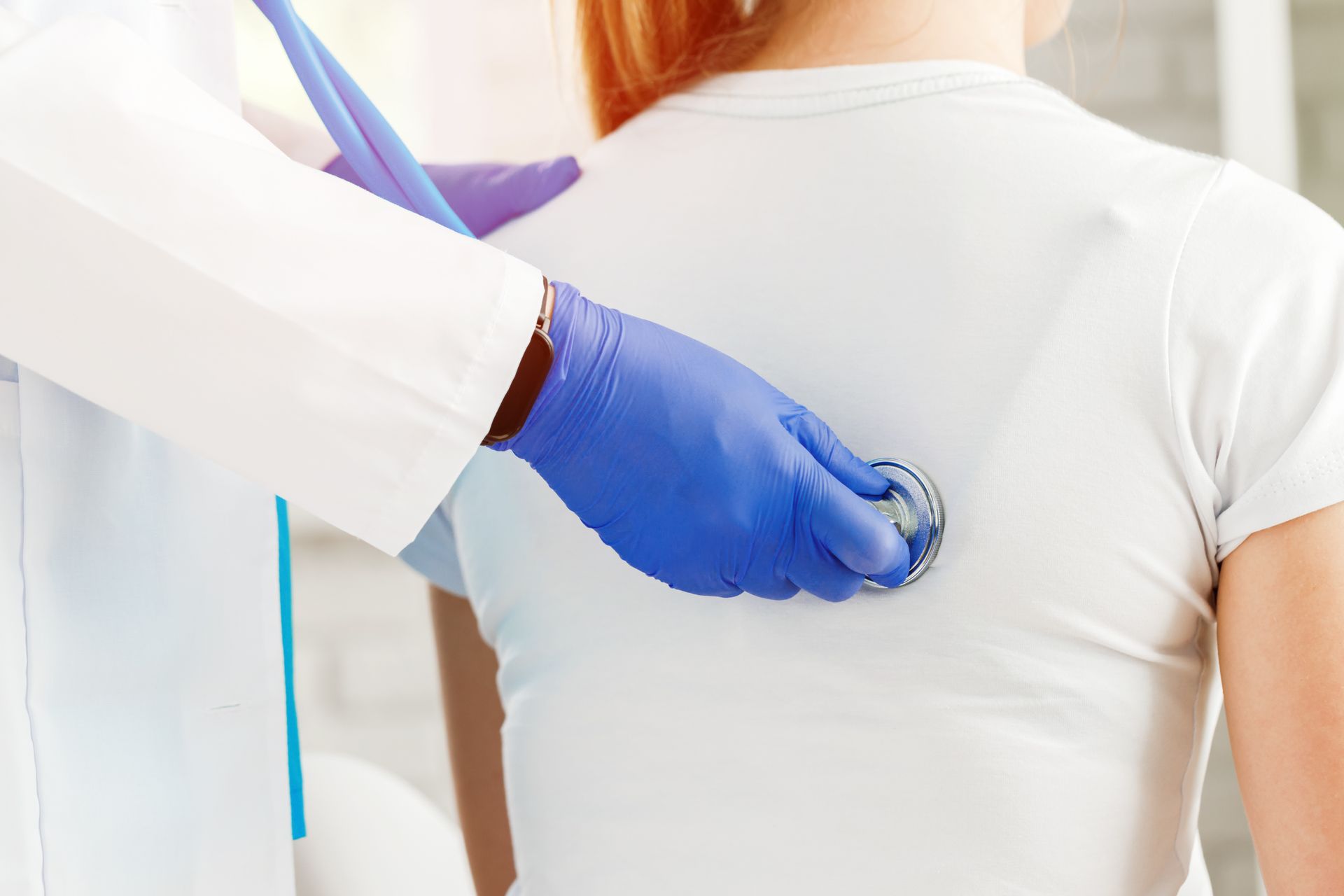An Overview of Stroke Symptoms, Effects, and Treatment
A stroke is a serious medical event in which the blood flow to the brain is abruptly interrupted — most often due to a blood clot. A lack of oxygen and other important nutrients supplied by the blood can cause brain cells to die within minutes. Stroke is also one of the leading causes of death in the United States. Understanding symptoms, effects, and treatment can help ensure a prompt medical response.

Symptoms and Effects
Stroke symptoms tend to occur suddenly. They can include dizziness, severe headache, confusion, and loss of vision or balance and coordination. Numbness or weakness in the arm, leg, or face may occur on one side. Stroke victims may also have slurred speech and trouble comprehending.
The side of the brain where the stroke occurs will affect the body differently. For example, a stroke on the right side of the brain would cause paralysis on the left side of the body, and vice versa.
Treatment
Rapid diagnosis is crucial for effective treatment in removing the clot that caused the stroke. This may be done with an emergency micro catheter to deliver medication to the site of the clot, or to use a clot retrieval device to remove the clot from the artery.
Recovery and rehabilitation after a stroke will typically involve physical therapy, speech therapy, and even occupational therapy to help patients regain skills or abilities that may have been lost as a result of the brain damage.
While a stroke is a serious medical event, recovery is possible. Medications can also help prevent future strokes in high-risk patients, including those who have previously suffered a stroke. However, careful management is vital to protect overall health and well-being when taking such medications.


